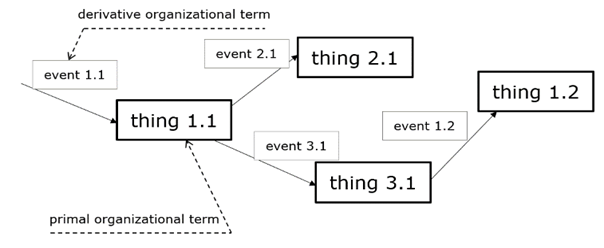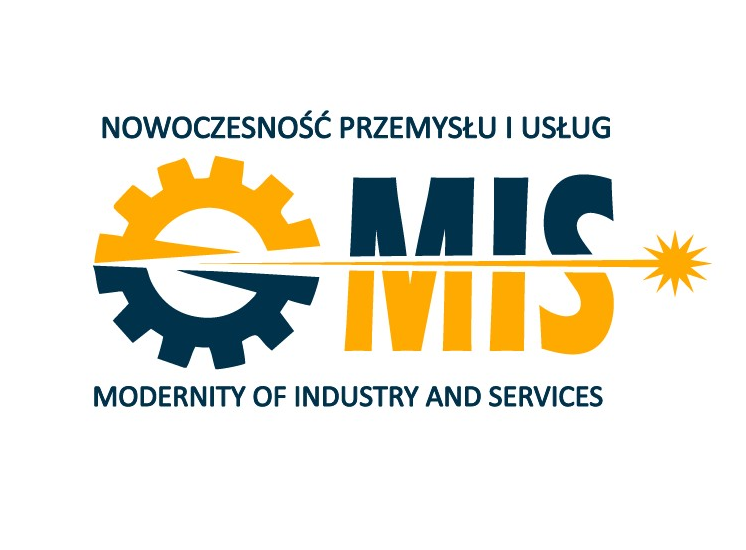The annual international conference entitled “Modernity of Industry and Services” will kick off on November 22, 2023. “Modernity of Industry and Services.” We were pleased to register our presence and sent an article on the representation of knowledge of managerial competencies to automate the work of the manager. The conference has a long tradition and several years ago we used to attend it regularly. Now we are back there again and can meet with social scientists, mainly from management and quality sciences, in person.
Find out more about the conference here:
https://www.polsl.pl/roz1/mis-2023/
What did we write an article about? About competencies, of course, although a little differently now. Usually competencies are attributed to people, defining them as the ability to perform certain tasks. However, if we are thinking about automating the work of a manager, one cannot help but wonder whether such a robot manager will also be competent in the sense of human competence. If we want it to, the question arises as to what theoretical representation to choose so that human competencies can be implemented into an information system.
The answer seems to be only one: we will represent competencies in the system of organizational terms, clustered in the system of organizational terms, which is an original methodology for studying organizational reality, developed by Olaf Flak, PhD. The idea is shown in Figure 1.

The philosophical foundation of the system of organizational terms is based on Wittgenstein’s philosophy: his theory of facts (the only beings in the world) and “states of facts”. According to this approach team management can be organised by events (derivative organizational terms) and things (primary organizational terms). Specifically, as shown in Figure 1, each event and thing have the label n.m, in which n and m represent a number and a version of a thing, respectively. Event 1.1 causes thing 1.1, which in turn releases event 2.1 that creates thing 2.1. Thing 1.1 simultaneously starts event 3.1 which creates thing 3.1. Then, thing 3.1 generates a new version of the first event, i.e. event 1.2. In such a way, a new version of the first thing is created, which is called thing 1.2. So, the managerial action structure consists of, e.g. event 1.1 and thing 1.1. As it was shown in Figure 2, differences between features of goal 1.2 and goal 1.1. let us do reasoning on the team management process.
With this approach by Olaf Flak, Ph.D., it is possible to record managerial competencies based on the activities performed by the manager and his team.
For more on this topic, see our article once it is published. We will notify you about it on the blog.

